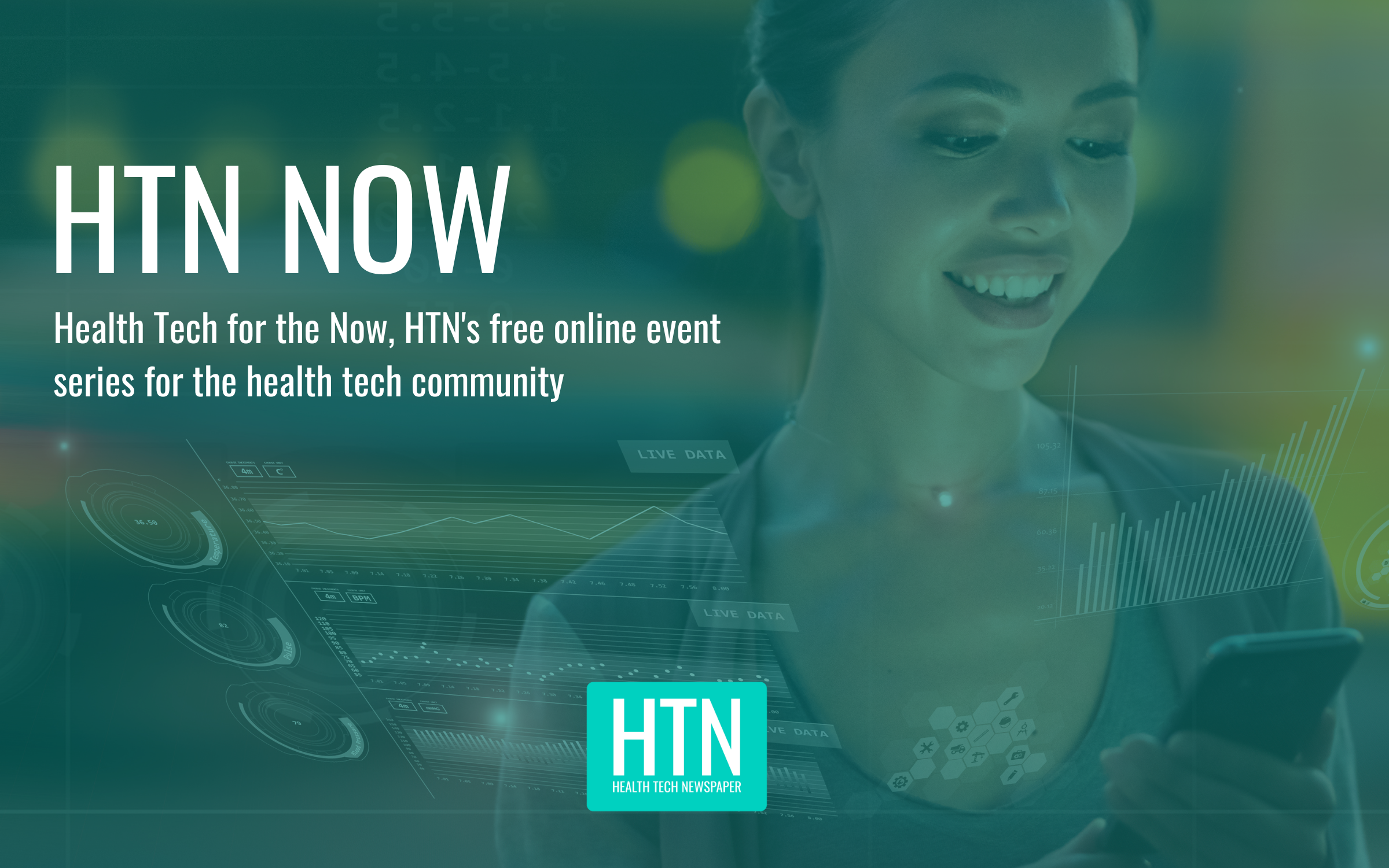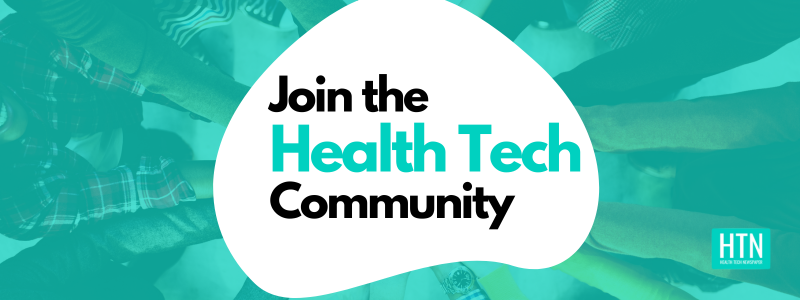At our HTN Digital Primary Care Conference in early March, the team from X-on discussed the impact of digital cloud communications in general practice – a very timely topic following a recent NHS England announcement that focuses on the priority of migrating off practice legacy phone systems over the coming year.
For this webcast, the group sharing their knowledge, experiences and insights consisted of Paul Bensley, Managing Director; Steven Braithwaite, Product Manager; and Derrick Measham, Development Manager.
To introduce the chat, Paul split the webcast into three different themes, which included the benefits that integrated cloud telephony systems, such as X-on’s Surgery Connect, offers patients, reception staff and clinicians; X-on’s new desktop application for GPs, including appointment list management; and how a blueprint for cloud communications can be used to serve PCNs in the present and the future.
Paul then handed over to Steven, who shared the drivers behind the need for an integrated cloud telephony system, in relation to the use of outdated legacy systems. On the outbound call capacity of legacy systems, Steven commented: “Firstly, it’s a very simple thing, which is just about capacity really. It is astonishing how little number of calls legacy systems allow at any one time.
“With regards to calling out, which is happening more and more with lots more telephone consultations, with a legacy system it is generally very inefficient. You are restricted to the number of calls you can have going out at once – and that is always impacted by the number of calls that are coming in.
“So, when the phone lines are busy with patients calling in,” he continued, “staff cannot make a call out. They are struggling to get an outside line and we speak to so many people that are actually just resorting to using their own mobile phone to make those calls, which today is quite a bizarre situation to be in,” he explained.
Steven then discussed the other end of the spectrum, where he highlighted the virtues of X-on’s Surgery Connect, stating: “Everyone can pick up the phone when they need you – they can make that decision, they can make the call. They are not having to have a look at how busy the system is; they are not battling with the number of patients that are coming in. It is just efficient.
“You make a call when you want to make a call and that really helps with making your way through all those consultation calls you may have, or just general patient calls you might need to have.
“Outbound call capacity seems very simple,” Steven added, but “it is a major burden on legacy systems, and it is a thing of the past with Surgery Connect.”
Moving onto the other side of the coin, Steven discussed the benefits of inbound call capacity with a Surgery Connect, citing the absence of an “engaged tone” as one of his examples. He added: “engaged tones are extremely frustrating. It’s a bit of the luck of the draw whether you are going to call in when the system has capacity to accept your call. Surgery Connect lets people onto the system and then they can make their choices from there.
“With regards to making choices,” Steven said, “we always tell people, when they join the queue, where they are in the queue – and that is a fairly simple feature. People can make the decision if they want to hang on or call back later.”
Focusing on ‘fairness’ of the Surgery Connect system, Steven explained that everybody gets through to reception in the order they joined, without the presence of queue-jumping or overflow onto the line of another team. “That just adds confusion where people can go from position two to position eight if they overflow to a busier group, so it is all very fair and distributed evenly,” Steven said.
At busier times, the telephony system will give patients an alternative to standard queuing, in which they do not have to “wait in the queue. They can if they want to but if they want to end their call and receive a call back, they can request that via the system.”
Steven passed the baton on to Derrick, who shared some of X-on’s desktop applications that integrate with clinical systems and work towards automating the everyday tasks around communicating with patients.
Setting the scene around X-on’s past and recent desktop applications, Derrick said: “We’ve had an integration application for a number of years now and in more recent times we have developed a browser-based softphone to enable you to do phone calls from your desktop. The natural next step to us was to combine both of them into a single application.”
Derrick then discussed the benefits of using the two technologies in unison, in which he demonstrated the use of the X-on application with EMIS via a softphone, where he said, “When it really comes into its own,” Derrick continued, “is when you use that [the softphone] in conjunction with some of the benefits of the clinical system.”
Also sharing some of the benefits of receiving calls with the systems, he added: “If I were to receive a call it would show me some useful information about the person that is calling up, when they last called, who they last spoke to and how long they’ve been queueing for.”
An exciting new feature of the system, is the inclusion of a telephone appointment list. On the new feature and the benefits, it brings to the table, Derrick said: “We’ve seen the call patterns of what’s going on with all our customers and I think we can sense some of the frustrations that people might have about conducting outbound telephone triage sessions.
“So, this tool is our first iteration at trying to help solve that problem and reduce some of the admin around that.”
Later in the session, Paul provided an insightful presentation on the use of cloud telephony on an even wider scale, focusing on the implementation of the systems within practices and Primary Care Networks.
The technology, Paul said, has given its users “location independence” and “it doesn’t have to be in one place, it can be in a number of places and those resources can all be shared amongst a number of people.”
Illuminating what phase one of a practice migration to Surgery Connect might look like, Paul stated: “the first stage really is that practices do have to migrate onto a cloud telephony system and that has to happen over the next two years really.
“So, that will give you the features that Derrick and Steven have been talking through. Across an individual practice, they have call queueing, call flows, the statistics we’ve been looking at, the option to call back, the desktop tools that Derrick has been showing you, and the ability also to integrate other forms of communication [such as] video, SMS, photo exchange,” Paul elaborated.
He then moved onto the consolidation phase of cloud telephony systems within practices: “By using the cloud telephony systems, you can have a call centre that is just dealing with a particular type of activity – and that might be inbound activity or outbound.
“Calls can flow in either direction between practices and the call centre or reverse between an overflow from the contact centre back to the practice. So, you’ve got a bigger scale of ability to deal with both inbound and outbound calls.”
To summarise what the systems can give patients and staff, as well as conclude the webcast, Paul commented: “Patients can be empowered, they can self-manage better, they can self-manage appointments/medication and access specialised care resources. So, there’s lots of patient empowerment.”
To watch the full video, click the link down below.




